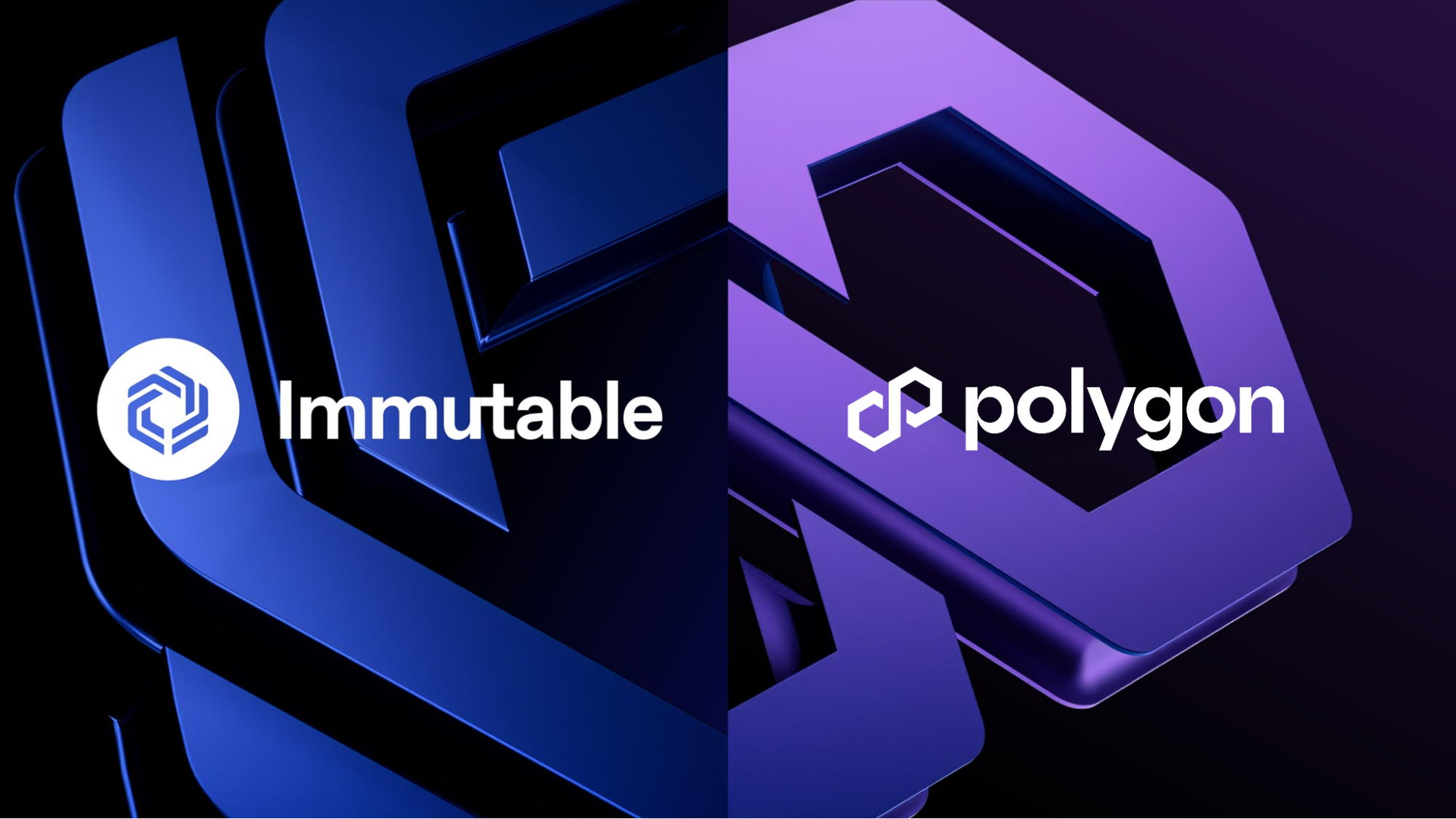Payments 101: Why Polygon is built for money, crypto payments, and onchain finance
Polygon makes money move at the speed of a DM
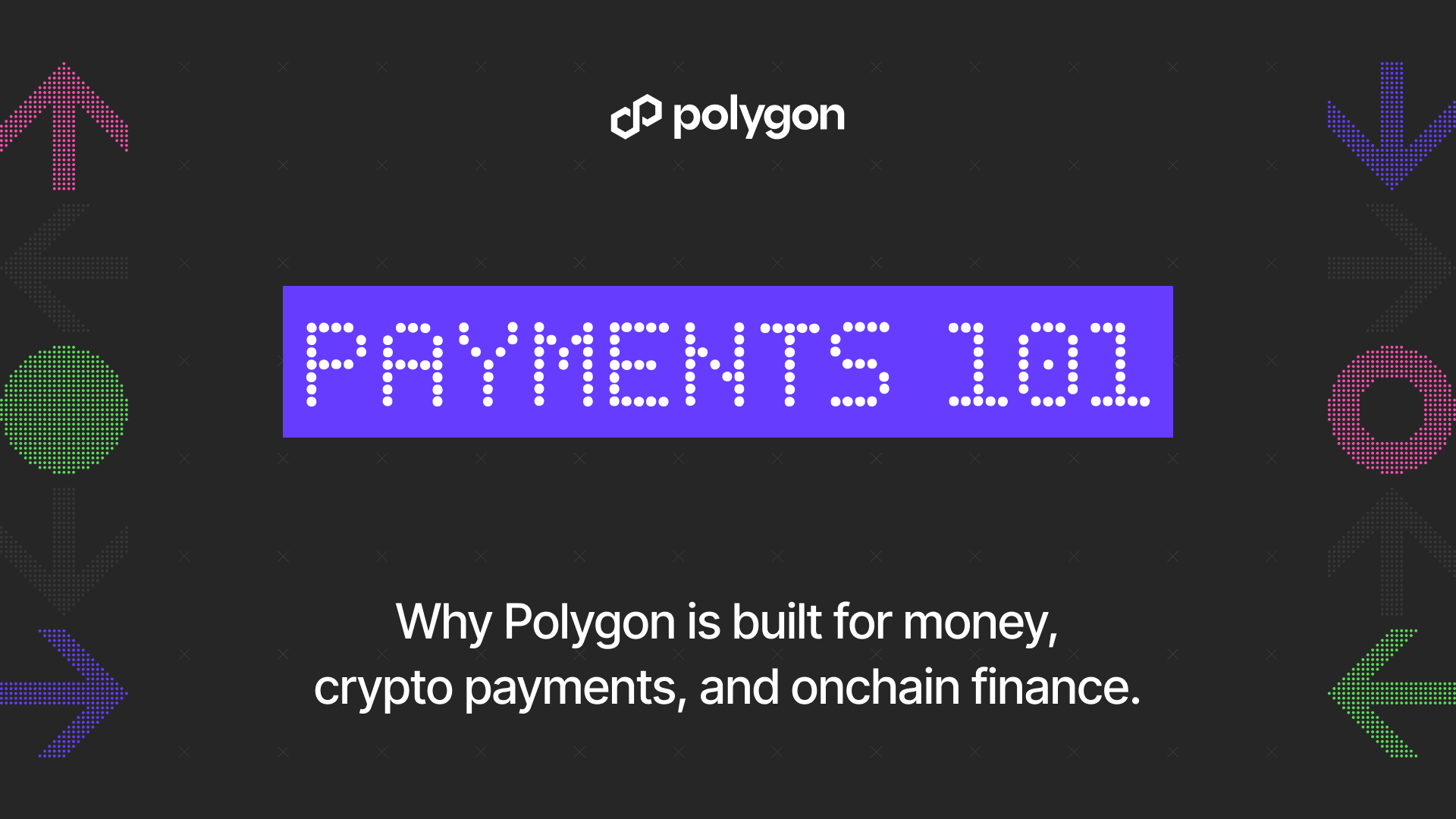
tl;dr:
- The best money rails are onchain, on Polygon
- Stable, near-instant, and low-cost, Polygon is the infrastructure payment service providers need to thrive
- Polygon is so easy to build on that many consumers that use popular apps like Polymarket don’t even know they’re on Polygon
- The network is scaling to meet surging demand
Your money today is stuck in line at the bank.
Sending it across borders means paying high fees and waiting days for settlement—plus the feeling that you have to rely on a string of intermediaries who profit off your hard work.
Now imagine the process without banks, without delays, without enormous fees. That’s the promise of onchain payments—and Polygon is delivering. Send and receive money as easily as a DM.
Going to DevConnect? Come to Money Rails, a single jam-packed day of networking, panels, swag, moments of zen, and sudden epiphanies as we lay the rails for the future of money.
For the past fifteen years, blockchains have promised peer‑to‑peer finance. But only recently, with a series of payments-focused upgrades for Polygon, has infrastructure matured enough to make real‑time payments feel like the internet.
Stablecoin volumes on Polygon in Q3 hit all time highs, at $3.4B, and volume was up to 287M, a 21% quarter over quarter increase. Institutions and startups alike are betting big on crypto and integrating on Polygon, including Stripe, Revolut, Nexo, Reliance Jio, and BlindPay.
And then there’s Polymarket, the first real breakout crypto app. Built and grown on Polygon, Polymarket alone has seen nearly $20B in predictions volume, is the official prediction market for X, and just raised $2B in funding.
All of this indicates something true: there is real momentum for onchain payments and digitally-native money more broadly. This trend has people wondering: Why payments, why now, and what’s next?
Why payments?
Traditional payment rails weren’t built for a digital, global economy.
Legacy systems batch transactions, rely on closed ledgers, and charge fees that seem invisible until you need to send money across borders. Worse, settlement can take days, meaning funds remain “in transit” and tied up in capital‑inefficient float. For individuals sending remittances or merchants trying to manage cash flow, these frictions are a barrier to true global scale.
Onchain payments on Polygon solve this.
Stablecoins like USDC and USDT0 represent one‑for‑one claims on fiat currency and settle on instantly and irreversibly. When you pay someone on Polygon, the transaction finalizes in seconds and costs fractions of a penny. There are no intermediary banks and no cut‑off times.
- For businesses, this means lower operational costs, better margins, immediate liquidity, and programmable financial flows.
- For consumers, it means owning your money and moving it freely.
Polygon’s ecosystem has grown into one of the largest stablecoin hubs because it combines high throughput with low fees.
Recent upgrades bring the network new dimensions of speed, lightness, and reliability—everything you need in a chain focused on payments and programmable money.
With this foundation, payments on Polygon feel less like a cassette player and more like a streaming platform.
Why now?
As Polygon scaled Ethereum, it became a natural gateway for onchain financial activity.
From payments to predictions, Polygon cemented itself as the money rails bringing the next era of digital-native finance.
And core developers leaned in.
Bringing the world global payments means a network that is:
- Light
- Fast
- Low-cost, and
- Easy to build on
Every upgrade to Polygon in the last year is a step to doubling down on these qualities longterm so that as demand scales, so does the infrastructure to meet it.
The Rio upgrade transforms Polygon into a faster, lighter, and more resilient network built for payments at scale. With a new block production model, Polygon can now reach up to 5,000 transactions per second, delivering near-instant finality and eliminating the risk of reorgs entirely. Validators benefit from stateless validation, which makes running lightweight nodes easier and lowers the barrier to entry for securing the network. As payments integrations across Polygon continue to grow, Rio only accelerates the trend—pushing the network closer to its vision of real-time, global money movement.
Every upgrade is important to meet surging adoption. The network supports major institutional integrations from Stripe, Polymarket, Reliance Jio, BlindPay, and many others.
For builders and users, the combination of high throughput, low fees, gasless UX and five‑second finality means there’s never been a better time to build on or use Polygon for payments.
What’s next?
Polygon’s ambition doesn’t stop at 5k TPS and near-instant finality.
Polygon’s gigagas roadmap lays out a vision to scale to 100k TPS. Achieving that scale requires rethinking block production and validation, which is why the recent Rio Payments upgrade is such a pivotal moment. Rio introduced a Validator‑Elected Block Producer (VEBloP) model and stateless block validation. Together, these changes boost throughput, eliminate reorgs, and make finality near‑instant.
In other words, Rio makes Polygon faster, lighter and more reliable. Not in some distant future, but right now.
Looking ahead, the combination of Rio, more seamless interop, and the broader gigagas roadmap paves the way for programmable money and real‑world asset (RWA) tokenization at global scale.
With instant finality and ultra‑high throughput, institutions can settle tokenized Treasury bills or equities as quickly as buying a coffee.
AI agents can initiate micropayments on behalf of users, and cross‑chain transactions can occur without liquidity fragmentation.
Polygon’s upgrades create the financial infrastructure that an AI‑powered and digital economy will depend on.
About Polygon Labs:
Polygon Labs is a Web3 software company developing Polygon Proof-of-Stake network, the premiere blockchain for payments and RWAs, and Agglayer, a unified web of chains that feels like the Internet. Polygon is known as the low-cost, high velocity network, with billions secured in stablecoins, supporting a robust payments ecosystem to help grow Agglayer use cases in an interoperable Web3. Research from Polygon Labs has contributed to the development of widely-adopted zero-knowledge technology, with successful, independent projects incubated through the Agglayer Breakout Program, such as Katana, ZisK, Miden, PrivadoID, and more.
Disclaimer:
The information in this post should not be used or considered as legal, financial, tax, or any other advice, nor as an instruction or invitation to act by anyone. Users should conduct their own research and due diligence before making any decisions. Polygon may alter or update any information in this post at its sole discretion and assumes no obligation to publicly disclose any such change. This post is solely based on the information available to Polygon at the time it was published. Polygon makes no guarantee of future performance and is under no obligation to undertake any of the activities contemplated herein. Do your own research and due diligence before engaging in any activity involving crypto-assets. Use or reliance on information in this site is subject to the site’s terms of use [https://polygon.technology/terms-of-use].




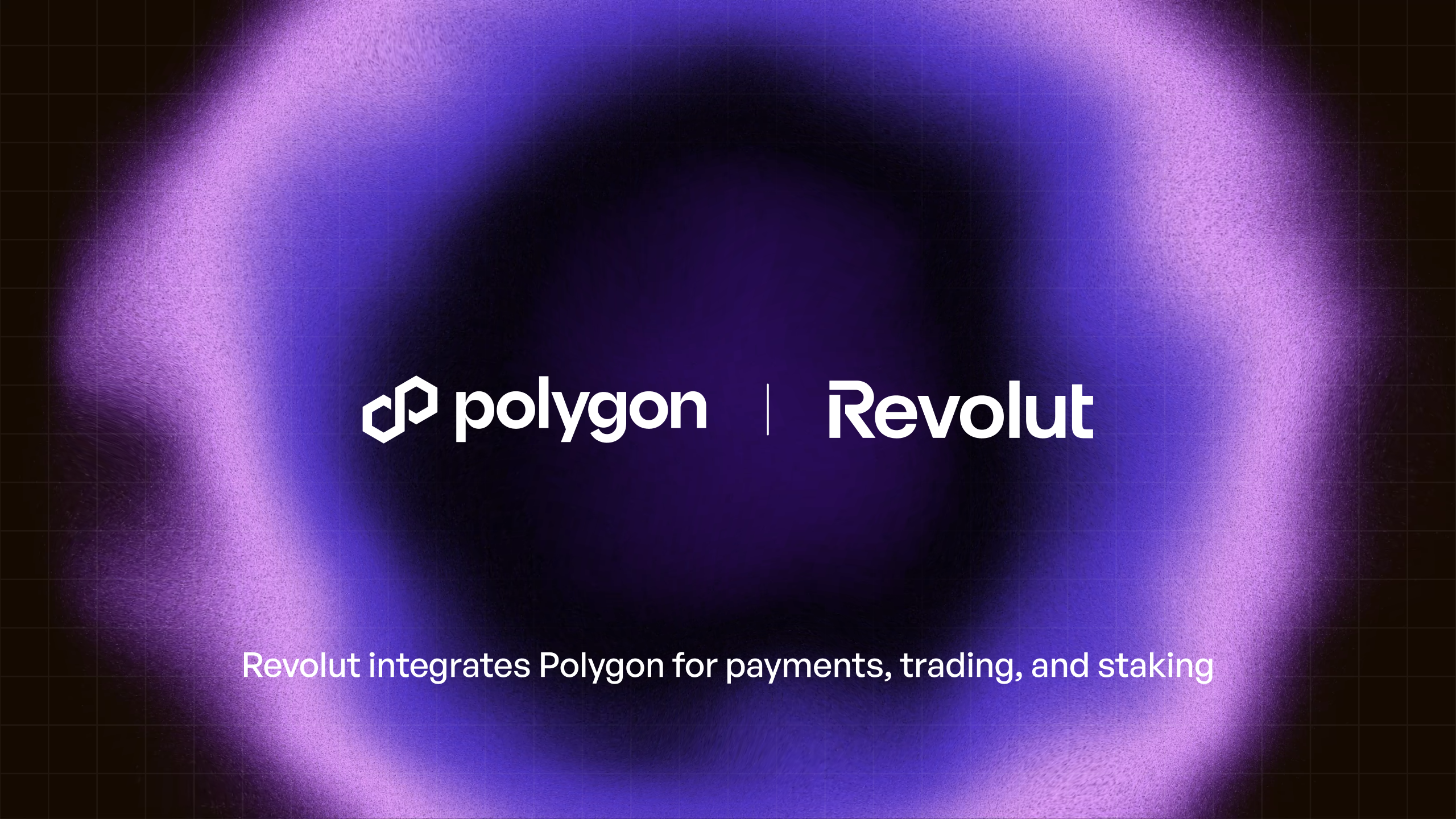
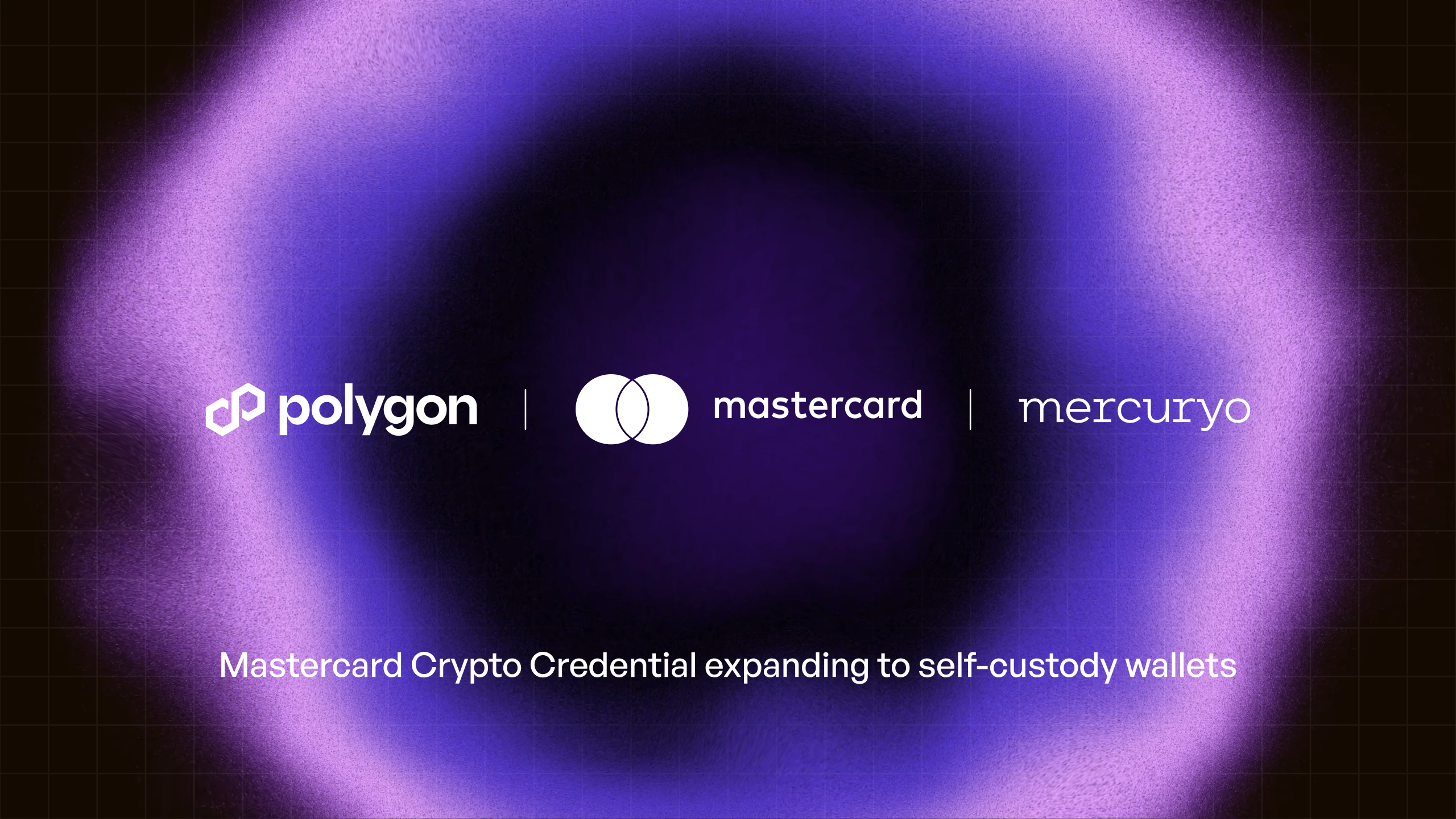
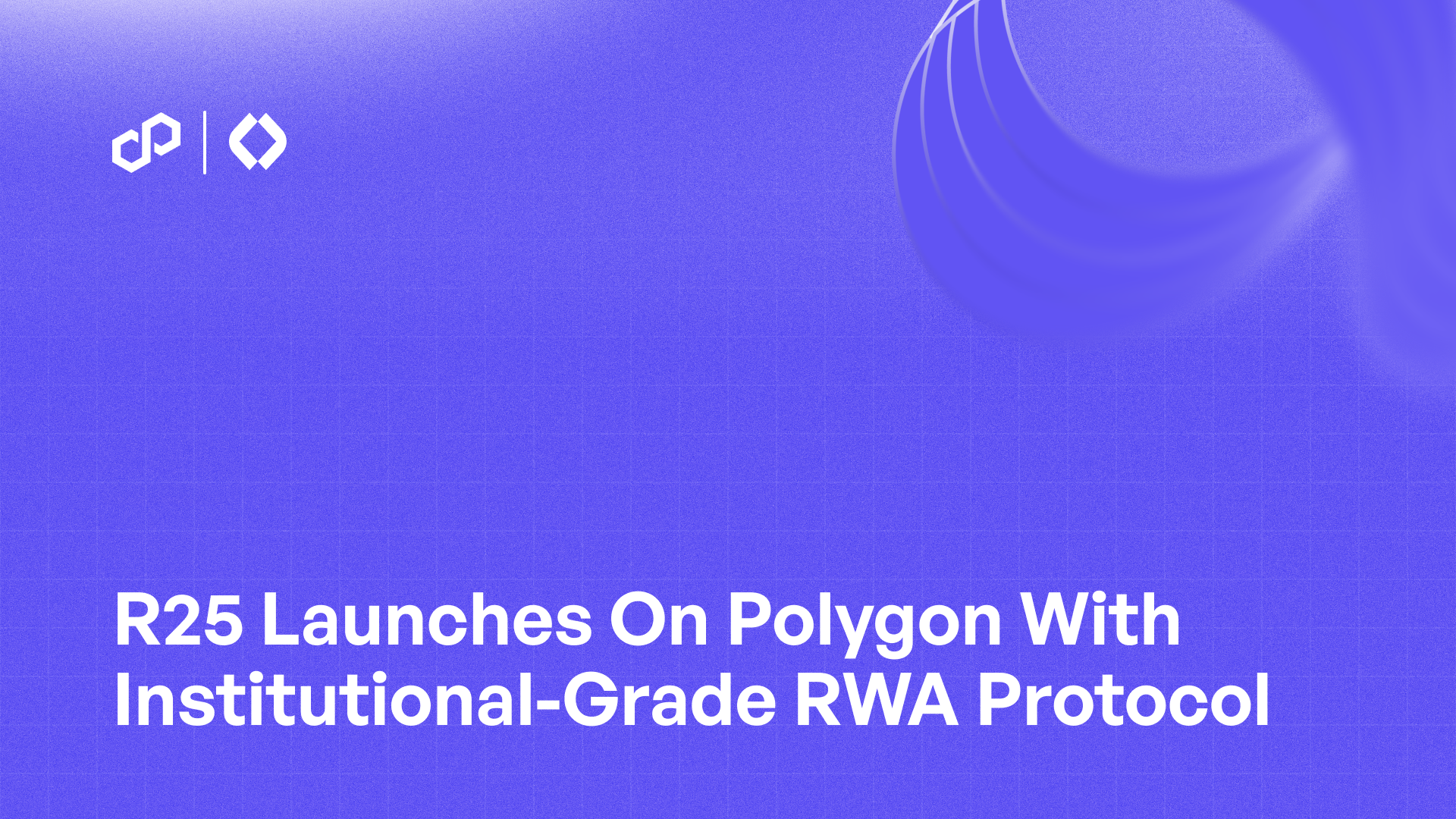
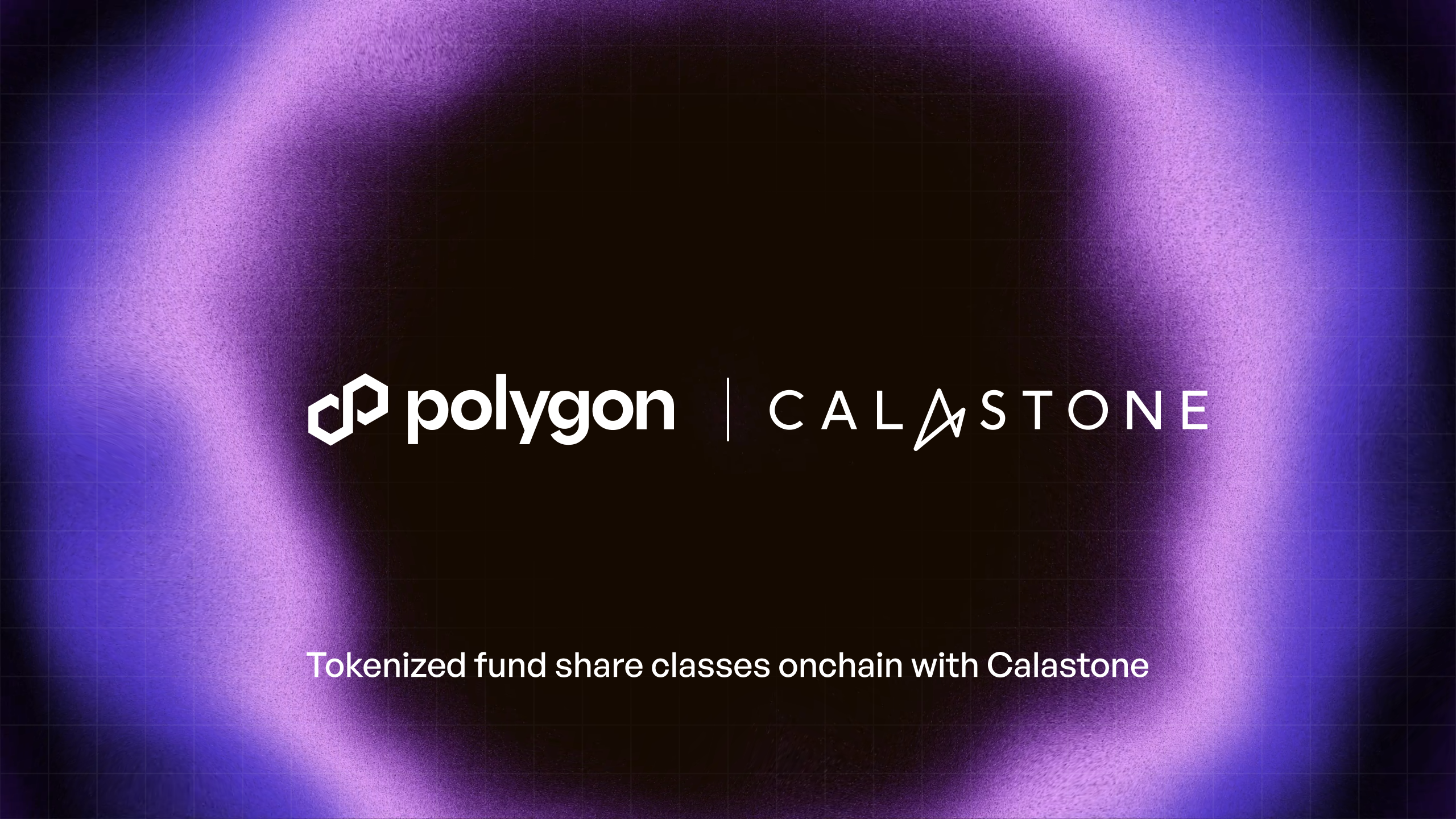
%20(1).png)

.png)
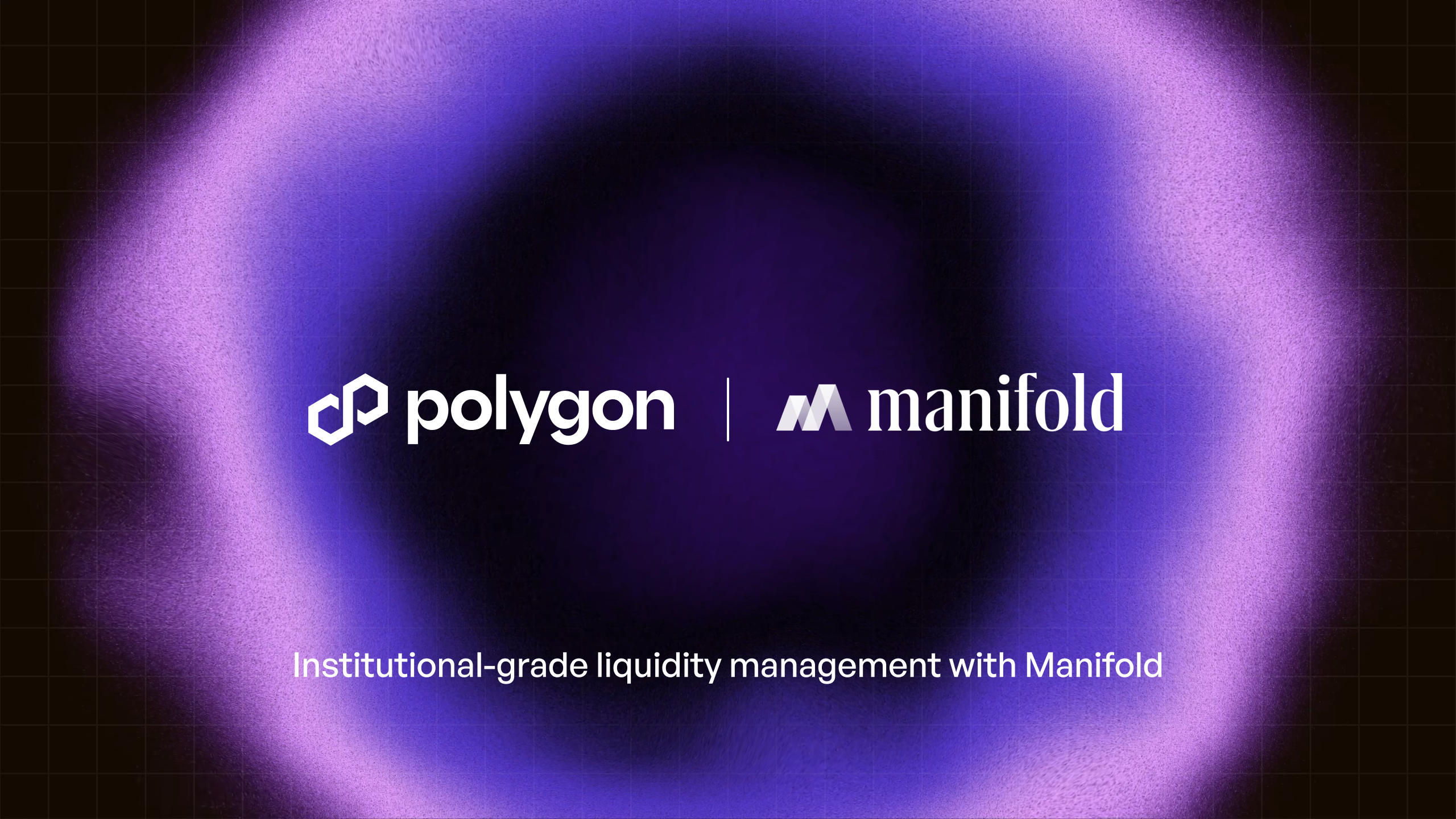
.png)
.png)
.png)
